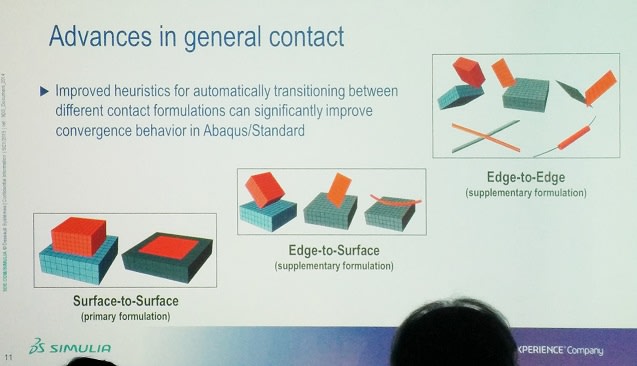DrReinerKlimpke
Mechanical
- Jun 11, 2015
- 7
Hey everyone,
I am currently trying to re-simulate some bolt bearing analyses described in a paper I found recently ( ). Unfortunately my model seems to be too stiff, approximately by a factor of 2, which I cannot explain up to date.
Therefore, I would like to address this issue to you guys, so maybe you have a hint for me concerning what could be the error of my model with respect to the referece simulations given in the above paper. To enable you to analyse my simulation in detail, you can find the corresponding ABAQUS input file in the appendix of this post. Furthermore, I illustrated all the details of my model together with some results and the way I determined them on two slides also given in the appendix of this post.
Keep in mind that I don't took account for any FRP damage in my model yet, since I am only interested in the initial model stiffness so far.
I'm looking forward to your suggestions.
Greetings,
DrReinerKlimpke
I am currently trying to re-simulate some bolt bearing analyses described in a paper I found recently ( ). Unfortunately my model seems to be too stiff, approximately by a factor of 2, which I cannot explain up to date.
Therefore, I would like to address this issue to you guys, so maybe you have a hint for me concerning what could be the error of my model with respect to the referece simulations given in the above paper. To enable you to analyse my simulation in detail, you can find the corresponding ABAQUS input file in the appendix of this post. Furthermore, I illustrated all the details of my model together with some results and the way I determined them on two slides also given in the appendix of this post.
Keep in mind that I don't took account for any FRP damage in my model yet, since I am only interested in the initial model stiffness so far.
I'm looking forward to your suggestions.
Greetings,
DrReinerKlimpke




